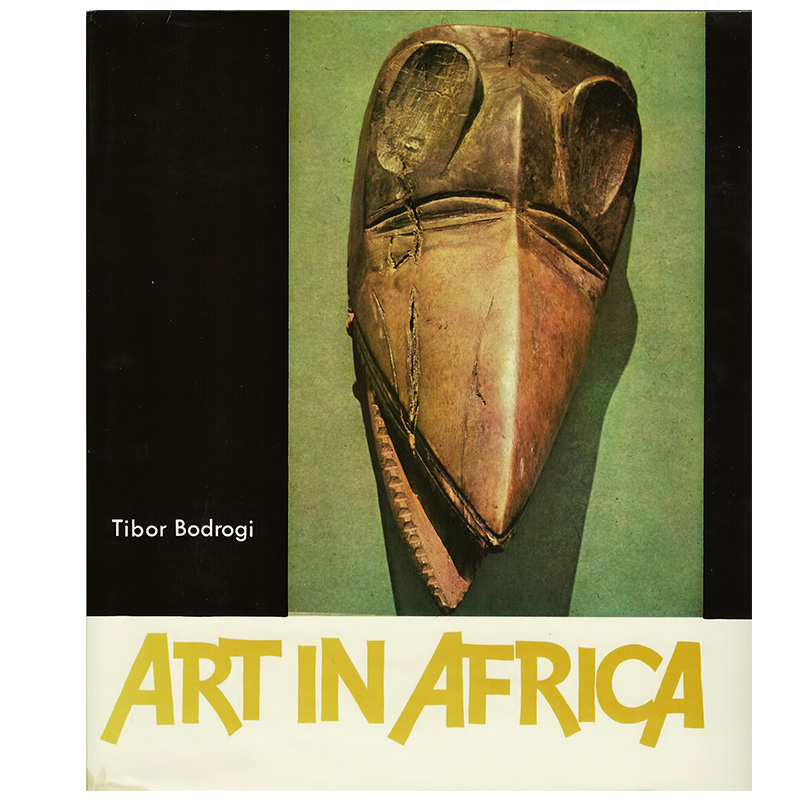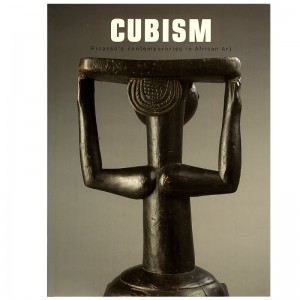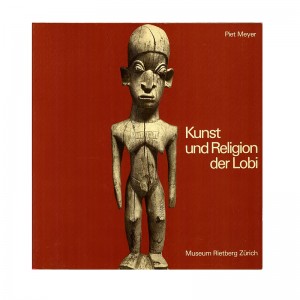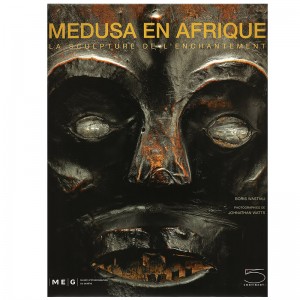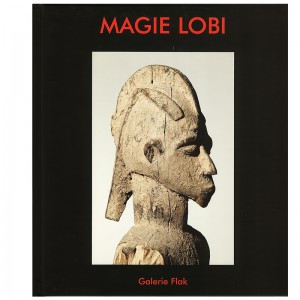ART IN AFRICA
Material Type: general or thematic Work
Publisher: McGraw-Hill Book Company, New York, 1968.0 Connected with binding of draped beige editor with hollow decorative pattern printed in black, dust jacket illustrated in very good condition with wear color use because of its age, size : 22.5 x 25.5 cm
Content: 332 including 131 pp. text p., 191 ill. b / w, VIII pl.coul., 21 drawings, 1 cards, biblio., descriptive illustrations, index,
Additional information: Very good condition considering its age
State of the work: Very good condition
Description
Although African art has been collected for hundreds of years as exotic and anthropological specimens trinkets, it was not until the beginning of this century that artists such as Picasso, Kirchner, Braque and Matisse are fascinated by it and the work of native artists came to be regarded universally as an important branch of world art. Since then, a number of excellent studies were conducted to gain a better understanding of the diversity of African art – terracotta and bronze figures of the ancient Ife and Benin, for example – as well as several studies related to most other artistic productions have been published. However, there has never been a reasonable guide on African art that is as simple and complete as this one. The illustrations are a particular feature of this book, since almost no works of art reproduced was previously published in the West. They are among the finest collections of Eastern Europe – including Dresden and Budapest – met mostly during the 19th century and demonstrate ancient and freedom acculturation rare in collections Western. The text is divided by geographical area in connection with the black African culture in general, and Dr. Bodrogi details the characteristics of each tribe objects within each region and explains the context and function of all material types of masks , fetishes, figures and statues, ritual objects, scepters, bronze plaques, carved ivories, chairs, containers, and other things. Such ethnographic thorough investigation of African art south of the Sahara is extremely important for the specialist, but it is also very useful for the collector and an approach to the fascinating art to the reader. Dr. Tibor Bodrogi is the director of the Ethnographic Museum in Budapest and an expert in primitive art. He is currently preparing a parallel volume on the art of Indonesia.
Additional information
| Weight | 1440 g |
|---|---|
| Dimensions | 22.5 × 25.5 cm |
Related Products
-
CUBISM
30,00 €Subtitle: Picasso's contemporaries in African Art Author: J. VISSER Material Type: general or thematic Work Publisher: Gallery J. Visser, Brussels, 2006. Paperback, dimensions: 17 x 22.5 cm Content:. 32 p, 9 ill. col., 15 pl.coul., 1 drawings Library. Additional information: limited release. English text. Book sold. Condition of the structure: As new
-
KUNST UND RELIGION DER LOBI
125,00 €Authors: P. MEYER / WETTSTEIN L. / KAUF B. Material Type: general or thematic Work Publisher: Museum Rietberg, Zurich, 1981. Paperback, size: 20.5 x 22 cm. Content: 184 p, 350 ill.. b / w, 19 ill. col., 1 shots, 2 maps, biblio., glossary. Additional information: original edition, limited release. Book exhausted become rare and highly…
-
MEDUSA EN AFRIQUE
47,00 €Subtitle: The sculpture of enchantment Author: B. WASTIAU Material Type: Exhibition Catalogue. Ethnographic Museum, Geneva: 14 November to 30 December 2009 Publisher: 5 Continents Editions, Milan, 2008. Hardcover editor cardboard color illustrated dust jacket tucked illustrated in color, in-8, size: 24.5 x 29 cm, ISBN 978-88-7439-468-5 Content:. 240 p, 169 ill. col., biblio., notes and…
-
MAGIC Lobi
50,00 €Author (s): J. BOSC / ITZIKOVITZ M. Name of publisher: Galerie Flak Place and year of publication: Paris, 2004 Material Type: exhibition catalog Format: illustrated color, very good condition. Cardboard editor. Format of the book: in 4 -Nº ISBN: 2-912646-13-8. Dimensions: 22 x 24.5 cm. Illustration: numerous illustrations duotone b / w, 1 map, drawings,…
25,00 €
Out of stock



